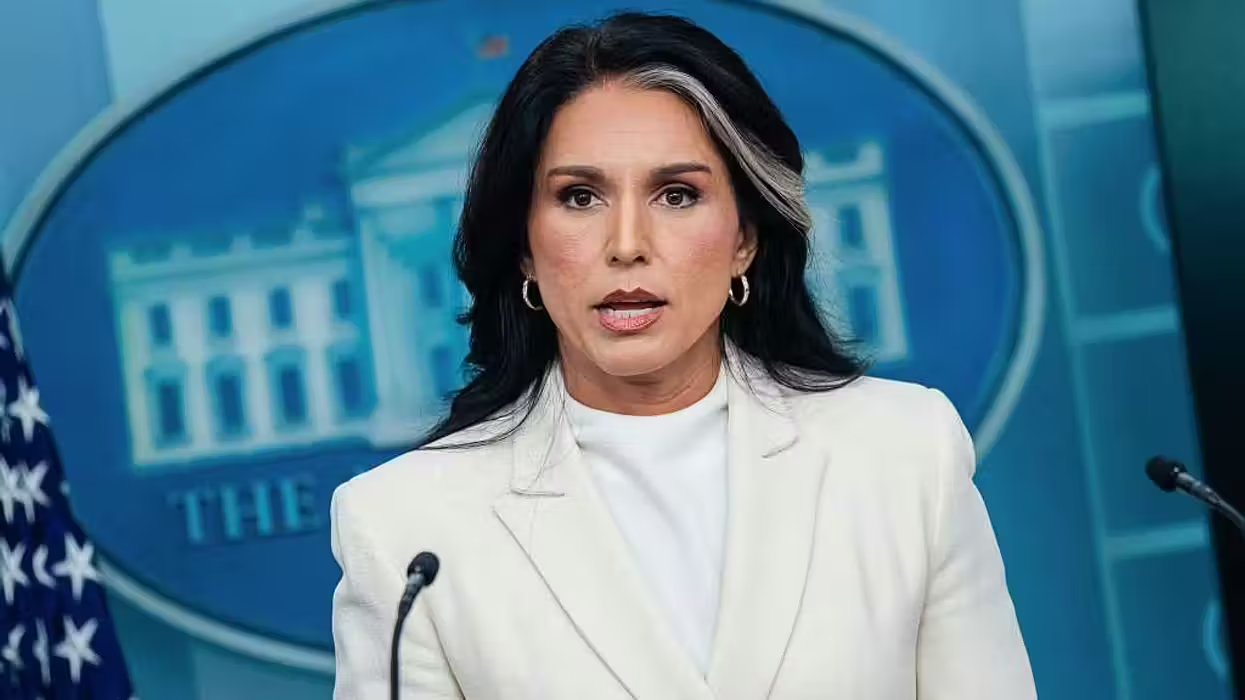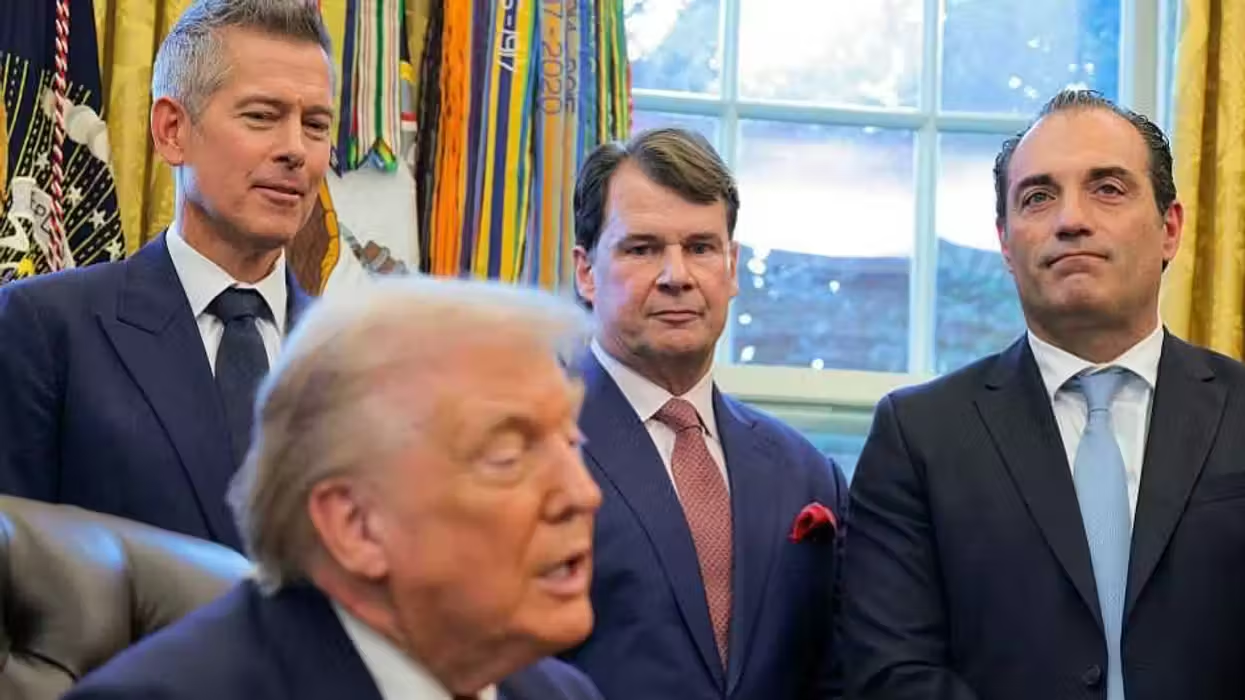
© 2025 Blaze Media LLC. All rights reserved.
In response to a budget shortfall, the mayor of Scranton, Pennsylvania cut the pay for some 400 city employees to the federal minimum wage, promising to restore their pay once city finances have stabilized. Unions representing police, firemen, garbage collectors — among others — have filed a lawsuit in response.
The situation in Scranton has thrown gas on the slow-burning fire over the minimum wage. What are the effects of minimum wages? Are minimum wages fair?
As the sun rose on the twentieth century, the working conditions of American laborers were dark. Long work hours and child labor were common, as were industrial accidents which devastated both lives and communities.

Women suffered particular hardships, often earning “starvation wages.” What’s worse, their wages were falling: many women earned more in the 1910s than in the 1930s, some working full-time for as little as three dollars per week. And not just women. Average weekly earnings for manufacturing fell by over one-third between 1929 and 1933, and farm wages decreased by over sixty percent over those four years.
In the face of the stark labor market — which many thought was exploiting workers — starting with Massachusetts in 1912, states began to adopt minimum wage laws for women. The first federal minimum wage adopted in the United States occurred in 1938 under the Fair Labor Standards Act, and covered men as well as women. The minimum wage was set at forty percent of the average hourly earnings of production workers in manufacturing — 25 cents per hour.
The minimum wage has been raised nearly two dozen times since then, and has historically been under half the average hourly earnings of private-sector workers. In addition, more and more workers and more and more sectors have been covered by the minimum wage requirement over time. Today’s current minimum wage of 7.25 dollars per hour is 1.8 times larger than the 1938 minimum wage after adjusting for inflation.
There have been many dozens of studies published on minimum wages and employment since the 1990s. Different studies come to different conclusions; a few studies suggest that increasing the minimum wage actually increases employment, while many come to the opposite conclusion.
Having said that, the evidence of the minimum wage’s impact on low-skill workers is overwhelming — raising the minimum wage lowers the number of low-skilled workers who have jobs. The econometric evidence suggests that a ten percent increase in the minimum wage decreases low-skill employment by somewhere between one and three percent.
Are minimum wages fair? On the one hand, it is a fact that a minimum wage increase will increase the earnings of workers who earn the minimum wage. This will decrease the gap between the rich and the poor — an outcome that many would describe as fair.
However, this is about the only argument in favor of minimum wages being fair.
Some lucky workers will earn more money after a minimum wage increase. But because low-skill workers will be more expensive to employ than they were before, the increase will cause many workers to have their hours cut and to lose their jobs. In the aggregate, increasing the minimum wage can lower the earnings of low-skill workers. And not just earnings — increasing the minimum wage may actually increase poverty. If on balance raising the minimum wage finds fewer people working and more poverty, then it is hard to argue that raising the minimum wage is fair.
In addition, the minimum wage doesn’t primarily affect the poor. Many poor Americans are unemployed and are obviously not helped by increasing the minimum wage. Among people who do work, only a tiny fraction of them are employed in minimum wage jobs, and many of those are teenagers from middle-class families. Of all the workers who will benefit from an increase in the minimum wage, only around one in ten lived in poor households in 2007. About two-thirds of those who will gain are second or third earners in a household, and many are teenagers in families who earn well above the median household income in the United States. If the goal of raising the minimum wage is to make the labor market more fair, then giving a raise to middle-class teenagers hardly seems like the best way to achieve it.
Minimum wage laws were enacted during a devastating period, when many workers — especially women — were subject to horrible working conditions for extremely low pay. Like those who advocated minimum wage laws in the early decades of the twentieth century, those who today push for higher minimum wages are very well intentioned. But good intentions don’t necessarily make good policy. The fact is that increasing the minimum wage would do more harm than good for the very group of workers that most need help. Causing low-skill workers to have fewer jobs, lower earnings, and more poverty while giving an income boost to higher-earning households is not only bad policy. It’s also not fair.
Aparna Mathur and Michael R. Strain are economists at the American Enterprise Institute.
Want to leave a tip?
We answer to you. Help keep our content free of advertisers and big tech censorship by leaving a tip today.
Want to join the conversation?
Already a subscriber?
more stories
Sign up for the Blaze newsletter
By signing up, you agree to our Privacy Policy and Terms of Use, and agree to receive content that may sometimes include advertisements. You may opt out at any time.
Related Content
© 2025 Blaze Media LLC. All rights reserved.
Get the stories that matter most delivered directly to your inbox.
By signing up, you agree to our Privacy Policy and Terms of Use, and agree to receive content that may sometimes include advertisements. You may opt out at any time.






